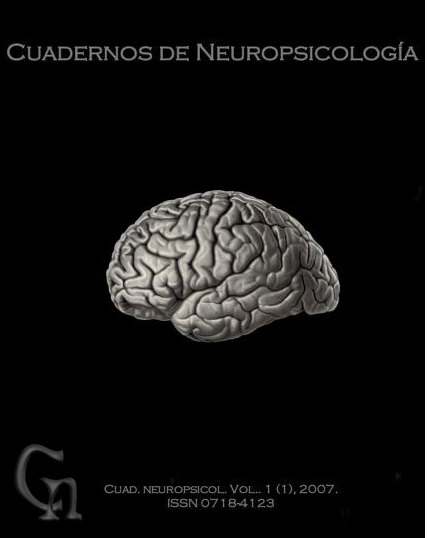El SÃndrome de Déficit Atencional del Escolar como Expresión ClÃnica de los Trastornos del Sueño de Tipo Comicial
Abstract
Resumen
El presente articulo realiza un primer informe del trabajo clÃnico realizado a lo largo de los últimos doce años fundamentando que el SÃndrome de Déficit atencional con o sin hiperactividad, (TDAH y TDA), asà como otros signos y sÃntomas descritos como trastornos de conducta y desadaptación escolar, que se observan en un considerable número de sujetos, resultan ser expresiones diferentes de un mismo cuadro clÃnico, los
que se pueden clasificar en lo etiológico como una comicialidad del sueño, Lo anterior se verifica observando los resultados del EEG digital durante el sueño espontáneo los cuales evidencian crisis paroxÃsticas de tipo onda lenta de aparición intermitente, parciales o generalizadas. Se aporta, de este modo, un nuevo enfoque para el estudio de estos cuadros además de un más pertinente abordaje de tipo terapéutico farmacológico.
Palabras claves: comicialidad del sueño. SÃndrome de Déficit Atencional e Hiperactividad,Tratamiento farmacológico, Metilfenidato, Carbamazepina, Acido Valproico, Topiramato electroencefalografÃa digital.
Summary
The present review attempts to be an initial aproach to the clinical research that has took place in the last 12 years. This research points to the following fact: the ADHD, among many other symptoms like: behavior disorders, disadapation to regular scholarity; present in a large amount of children, belongs to an unique ethiology that could be classified as a certain type of comiciality that occurs during the sleeping. This is refrended by laboratory examination with a digital EEG. This EEG, shows the presence of Theta complex type slow waves , that appears in partial or generalized patterns, like paroxismes, aparently without seizures. In this way, this report pretends to become a contribution to the pharmacological treatment of these syndroms.
Key words: slepping comiciality, Atention Deficit Syndom, Attention Deficit with hiperactivity Syndrom Digital electroencephalography Pharmacolofical treatment, Metilphenidato, Carbamazepine, Valproic acid, Topiramato
Downloads
Published
How to Cite
Issue
Section
License
Articles published in this journal are protected under the Creative Commons Attribution-NonCommercial-ShareAlike 4.0 International (CC BY-NC-SA 4.0) license. This means that authors retain full rights over their research and publications at all times. As a journal, we fully respect and promote the principles of open access established by this license, allowing the work to be shared, adapted, and distributed for non-commercial purposes, provided that appropriate credit is given to the authors and any derivative works are licensed under the same terms.
Authors are responsible for obtaining the required permission when they wish to reproduce part of the material (figures, etc.) from other publications.
Likewise, CNPs allows authors to host in their personal sites or other repositories that they deem convenient the Final and Definitive Version of the published article with the format assigned by the journal. In no case do we allow access to preprints of the article under evaluation or already published.
When submitting an article to CNPs you are aware that all the contents of CNPs are under a Creative Commons License. In which it is allowed to copy and share the contents freely, always making reference to the origin of the publication and its author.


